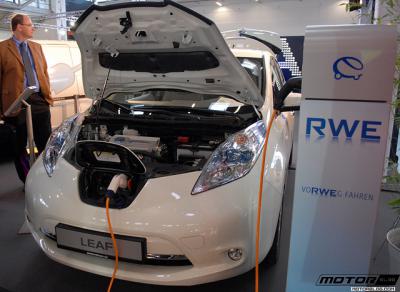 Post
PostWill Car Insurance Rates Increase After an Accident?
Car accidents can be a stressful and costly experience. Besides dealing with the physical and emotional aftermath, you may also be concerned about the financial impact on your car insurance rates. This article will explore the factors influencing car insurance rates, how insurance companies calculate those rates, and the impact of accidents on your premiums....
Car accidents can be a stressful and costly experience. Besi...



